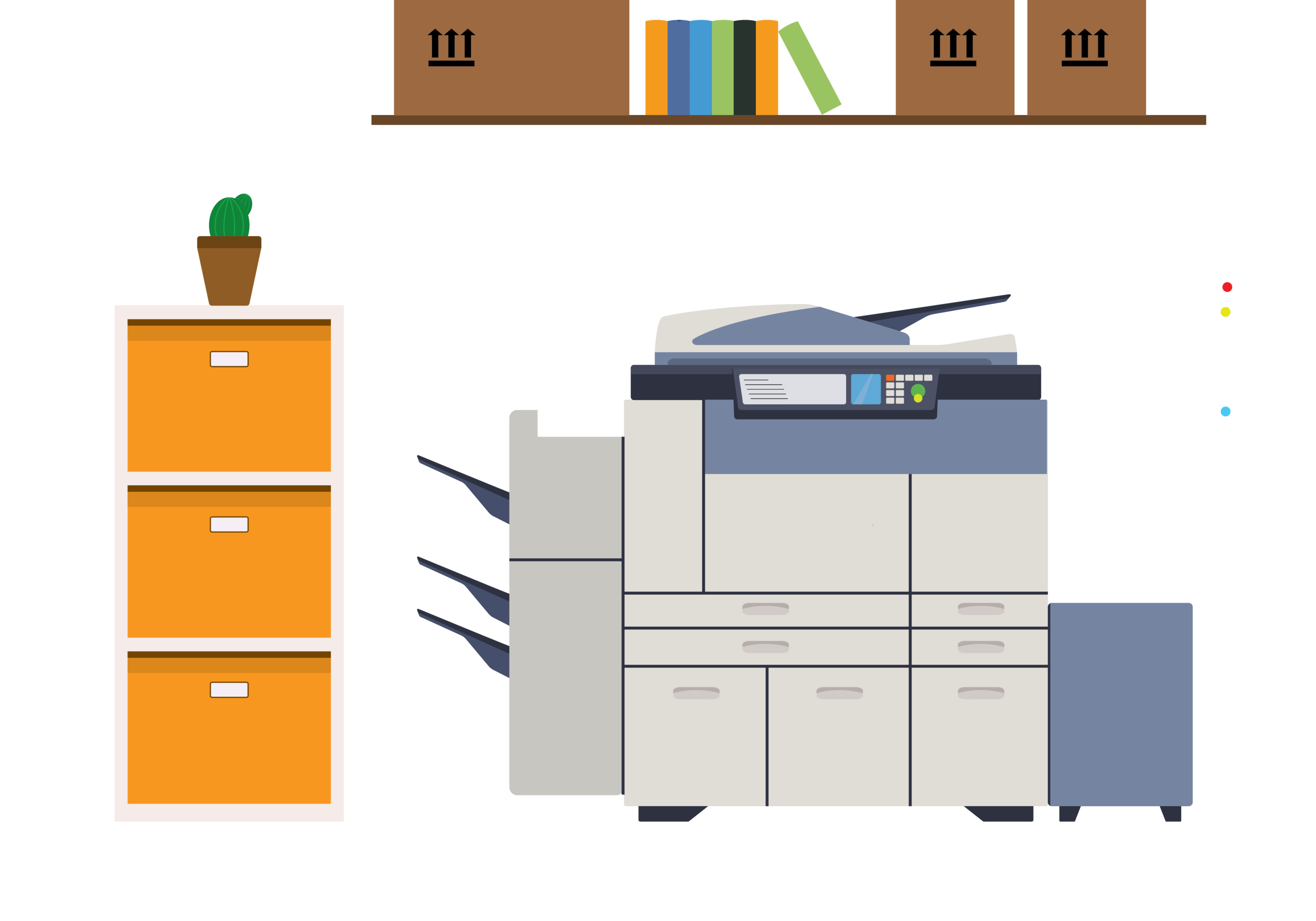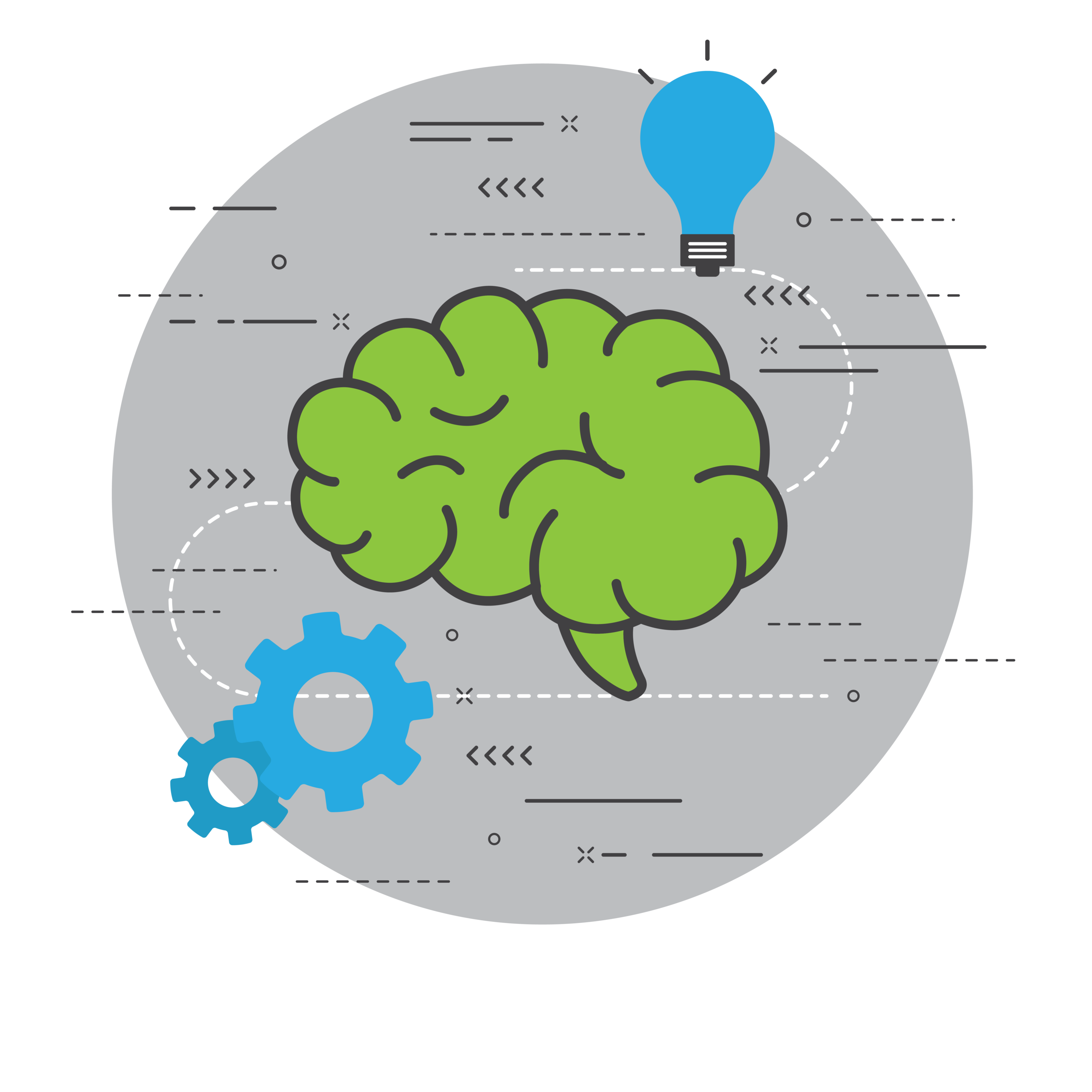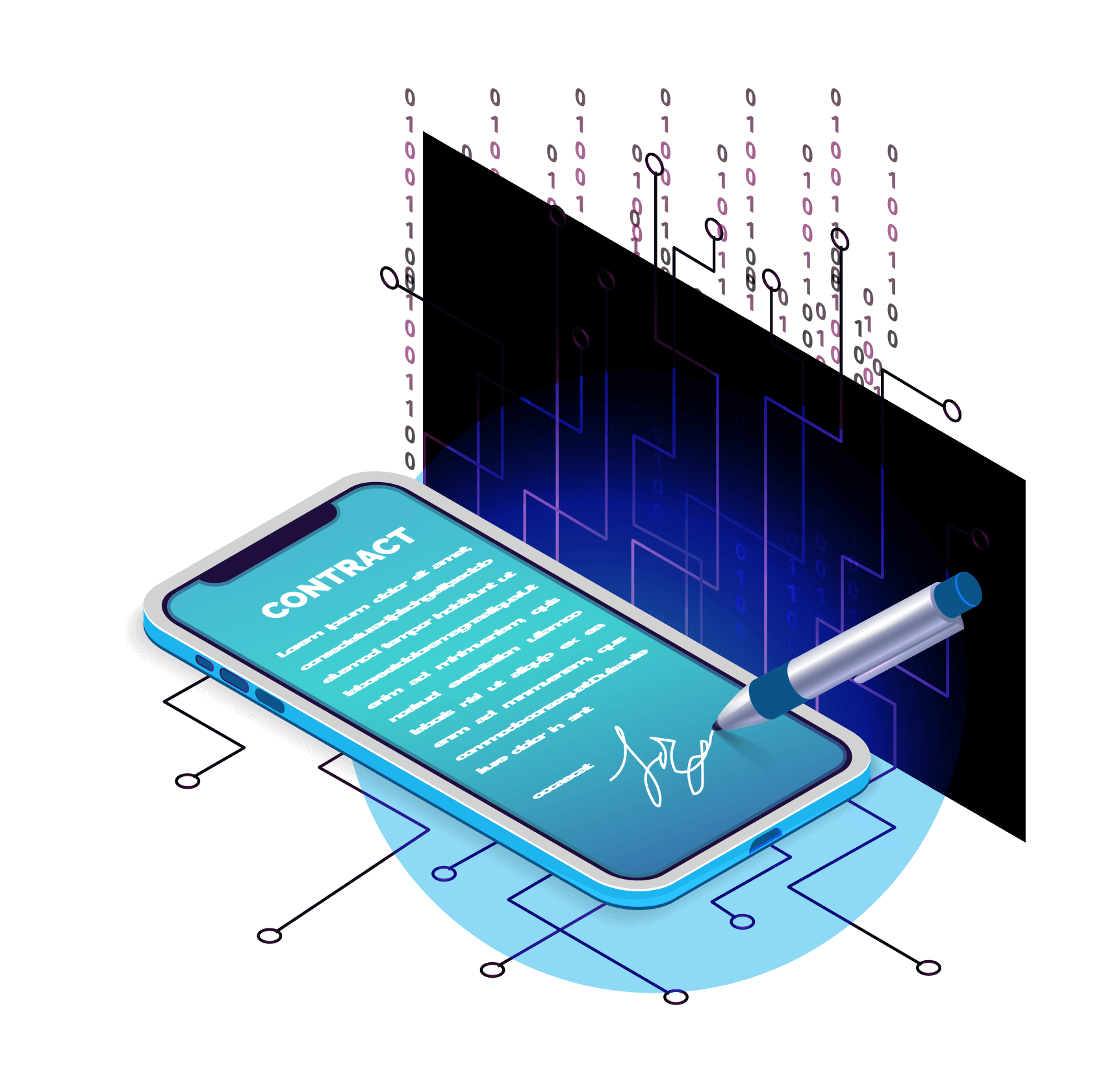
%
30% of clients abandon the onboarding process.
That’s 30% of your clients down the drain. Can you afford to lose 30% of potential revenue, not to mention the cost in marketing and sales that goes into finding customers?
Most treasury departments can’t afford to waste valuable resources, budgets, and time on clients who will eventually abandon the process. So how do you fight against abandonment rates?
Throughout our experience, we have seen our clients use the following automation technologies within their treasury departments to obtain process automation and visibility, process standardization, optimization, utilization of cash, and to reduce risk of fraud. These technologies include:
- Document Capture
- Robotic Process Automation
- Case Management
- Workflow Management
- Decision Management
- E-signature
 Document Capture
Document Capture
Document capture technology, referred to as OCR in the early days, is the process of scanning paper documents or importing electronic documents, often for the purposes of feeding advanced document classification and data collection processes. Today’s capture technology has come a long way from when it was first introduced.
Compared to manually opening document packets and scanning them page by page to be stored and sometimes found later, today’s capture technology can understand what type of document has been submitted, capture and process unstructured data, and even use natural language processes to gain a deeper understanding of your incoming information.

To maximize revenue from your treasury clients, document capture technology allows you to automate the way your team captures new client information through multiple channels including email, fax, online forms, mobile devices, and more. Which it can then understand, reason, and learn—making it easier to extract valuable information from unstructured documents.
Now instead of forcing your clients to only submit information via one channel, document capture allows your clients to supply the necessary documentation you need the way they want to. This is just the beginning of what you can really do with a capture tool.
 Robotic Process Automation (RPA)
Robotic Process Automation (RPA)
Robotic process automation automates repetitive computer tasks. As soon as an application is submitted, RPA can detect any missing information or documents needed and send follow-up reminders to the client. It can also assist the treasury team by scanning and analyzing client data, validating it, and assigning tasks to keep the process moving, among many other things.
Integrating RPA into your treasury technology stack gives your employees more time to spend on meaningful tasks. When these simple tasks are automated, as opposed to done manually, it leads to reduced errors and it decreases the time it takes to complete the onboarding process. This mitigates customer abandonment rates while also increasing customer satisfaction, since human errors are significantly reduced, and automated tasks streamline their onboarding.
 Case Management
Case Management
![]()
When a customer calls to inquire about their progress within the onboarding process, they are often left with an unsatisfactory response – “Let me get back to you on this”. Either the employee they’re talking to doesn’t have access to the client’s information or the employee can’t find the information they need to answer the question. This situation causes customers to be left on hold, transferred, or waiting for a callback, all of which leaves them frustrated and increases the likelihood of abandonment.
To help organizations like yourself avoid these kinds of situations, we recommend you look into the different case management technologies available to you. Case management provides your team with a single interface to easily track all the actions, content, and information of your clients in a digitized “case” folder offering complete visibility.
Your employees can easily search and pull up a client’s case, then quickly understand where they are in the onboarding process if all information is captured.
Best of all, it allows your employees to work in a parallel fashion to get independent tasks done at the same time – hence cutting down the time it takes to onboard your clients. But, most importantly, whenever a client calls to check on their status, regardless of which employee they’re talking to, they will get the same answer right away.
 Workflow Management
Workflow Management
Implementing workflow technologies into your organizational system creates effective business processes that your employees can easily follow. It requires less human involvement to manage processes, freeing up more time for your employees to focus on the client instead of worrying about the process being followed correctly.
Workflow technologies allow you to determine how client information is going to be processed, routed, tracked, and regulated during the onboarding process. You can create rules that require the workflow process to flag a client if necessary, or simply push them through to the next step. Or you can have the process trigger tasks for the necessary employees when all the required information is received.
 Decision Management
Decision Management
Give your organization the power to automate decision-making with decision management technology. This rules engine can help your employees determine Service Level Agreements  (SLA’s), upsell products and services to customers, and ensure client accounts have all the required information.
(SLA’s), upsell products and services to customers, and ensure client accounts have all the required information.
For example, you can create a business rule that states when setting up an account for a business customer it needs to be open within a certain number of days. If it is not met, you can track why it is not met and then report on the different reasons. This gives you the opportunity to see where you’re having issues in the onboarding process.
With decision management technology you can remove risks and process bottlenecks by creating business rules to automatically analyze, automate, and govern rules-based business decisions. It effectively gets clients onboarded faster by making intelligent decisions, which in turn decreases abandonment rates.
 E-signature
E-signature
There may be several stages in your onboarding process that require a client’s signature. Forcing them to physically come to sign a document will surely leave you with a high abandonment rate—most customers just don’t have the time.
 Even requiring them to print a document, sign it, upload it, and then email or fax it back is a complete hassle for your customers. C’mon, let’s be real – who actually owns printers and scanners anymore?
Even requiring them to print a document, sign it, upload it, and then email or fax it back is a complete hassle for your customers. C’mon, let’s be real – who actually owns printers and scanners anymore?
Manually signing documents is a hassle for customers and it can be eliminated by digitizing the process with e-signature technology. E-signature offers a seamless signing experience. With this technology, you can customize what your customers see each time they have to sign a document for you. The tech also offers document security and integrity, giving you and your clients peace of mind when it comes to signing documents online.
This easy signing solution will increase your customer adoption and completion rates. Clients can sign required documents electronically from anywhere, anytime, and on any device. Not only will this create a better customer experience and decrease abandonment rates, but it also allows you to start collecting client fees sooner, which results in increased revenue for your company.
Successfully Increase Customer Retention and Satisfaction
The ease and speed of your customer onboarding process are important if you want to effectively fight customer abandonment rates. Remember that up to 30% of clients abandon the onboarding process before completion. Those abandonments equate to missed revenue opportunities and unsatisfying experience for consumers who want to become your customer, but just find the process to get there too arduous.
Aside from just missing out on obtaining new customers, those experiences can lead to consumers having a negative view of your brand. In today’s referral culture, this translates to negative reviews from potential clients when asked for recommendations from colleagues or friends. Instead, they’ll point them in the direction of the competitor that they jumped ship to when your process took too long.
But if you digitize your onboarding process with automation technologies it will help you retain potential new clients, increase the overall experience of your customers, and obtain coveted word-of-mouth referrals for your services.
Implementing treasury technologies will allow your employees to know where a client is in the onboarding process, reduce the time it takes clients to move through the process, and get them using your services faster.
The benefits of digitizing the onboarding process:
- Reduce the time it takes to onboard a client, increasing overall customer experiences
- Increase revenue by charging fees sooner
- Obtain complete process visibility
- Increase data validation
- Reduce errors from manual paper practices and data capture
- Reduce paper footprint and storage costs
Now that you’ve learned how to fight client abandonment rates with technology, read about the four different levels of visibility you can obtain to improve the onboarding experience for your clients.
